Nubian Culture History

Nubian Monuments from Abu Simbel to Philae. Nubians are a group of people who have always lived in the area that is now north Sudan and south Egypt.
Go to the hamburger menu. Tap Home » Landmarks » African Landmarks for better navigation. Alternatively, keep following posts or searching instead!

Nubian Monuments from Abu Simbel to Philae. Nubians are a group of people who have always lived in the area that is now north Sudan and south Egypt.
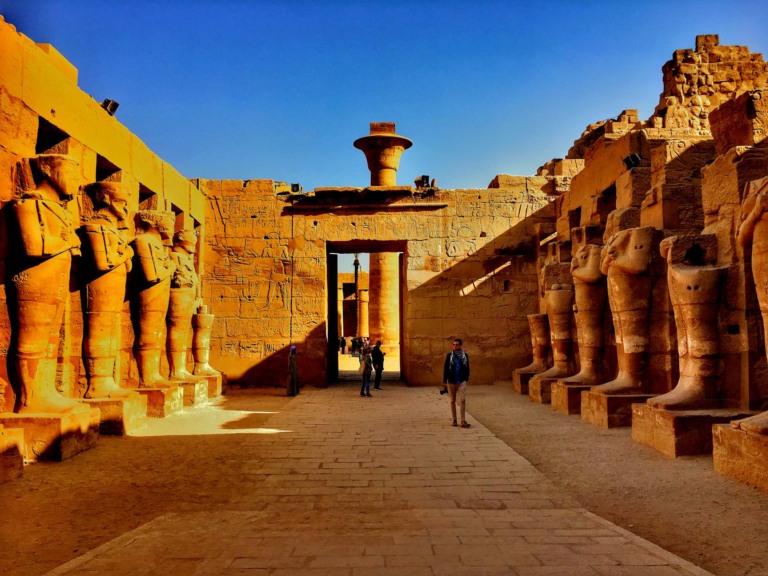
Luxor Temple on the eastern bank of the Nile River, built around 1400 BCE by King Amenhotep III, was completed by Tutankhamen and Horemheb and expanded by Ramses II.

The Khonsu Temple, located in the southwest corner of the Karnak Temple complex in Luxor Governorate, Egypt, is a remarkable archaeological site dedicated to the deity Khonsu, the son of Amun and Mut. This temple stands in confrontation with Luxor Temple and is connected to it by a recently revealed avenue of sphinxes. The Khonsu Temple, constructed during the reign of Ramses III, approximately 1186–1155 BC, was primarily built to honor Khonsu, the moon god and a member of the Theban triad, which includes his parents, Amun and Mut. Ramses III undertook the construction of this temple by demolishing a previous structure that occupied the site, utilizing some of its stones in the new temple’s construction. Here's a detailed overview of the Khonsu Temple:
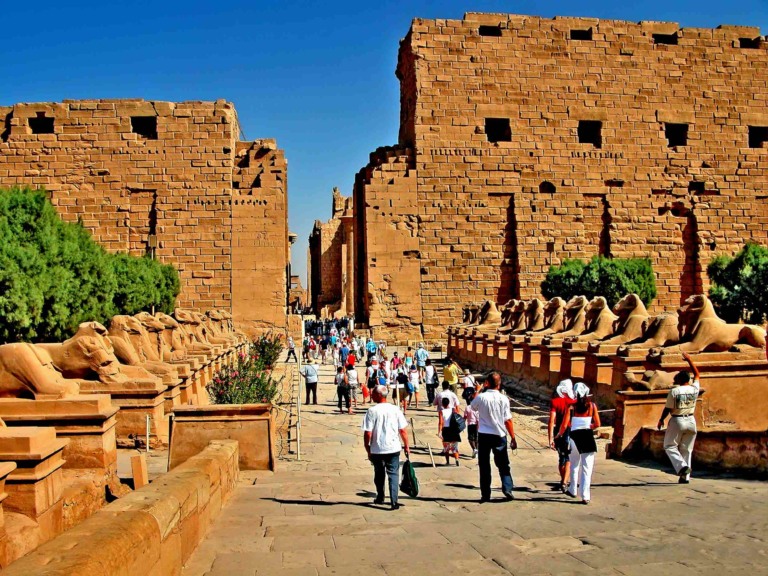
Karnak Temple was built between 2055 BC and 100 AD. Cult Egyptian temple honoring Amun, Mut, and Khonsu. The largest religious structure ever built.

Botswana's Okavango Delta was named a UNESCO World Heritage Site in 2014 and it has some of the best places to see animals in Africa.
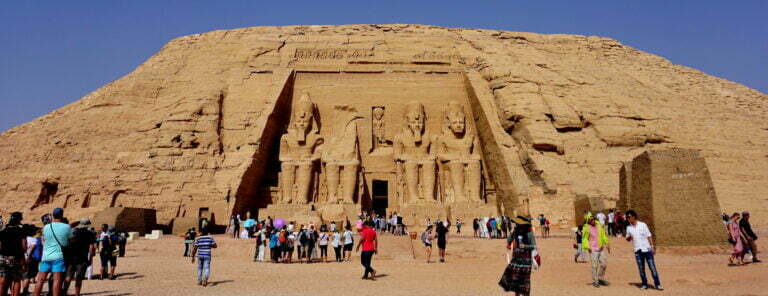
Egypt is home to a plethora of UNESCO World Heritage Sites that bear immense historical significance. Among these, the Giza Pyramid Complex is a standout example. Housing the iconic Pyramids of Giza, including the Great Pyramid of Khufu, this site is a testament to ancient Egyptian architectural prowess and cultural achievements. The Sphinx, guarding the pyramids, adds to the enigma and grandeur of this complex. The historic city of Luxor, often referred to as the "world's greatest open-air museum". Abu Simbel, an archaeological site in Nubia, boasts two temples constructed by Ramses II. The temples were relocated in a massive UNESCO-led operation to save them from submersion following the construction of the Aswan High Dam. The ancient city of Thebes, with its temples and necropolises, is also recognized for its historical importance. Additionally, the Saint Catherine Area, home to Mount Sinai and Saint Catherine's Monastery highlighting Egypt's religious and natural heritage.

Interesting Facts about King Tuts Tomb in Valley of Kings, Egypt, which was a UNESCO World Heritage Site from 1979 and is part of Ancient Thebes with its Necropolis.

Ancient Thebes with its Necropolis, including Luxor, Valley of Kings, Valley of Queens, and Karnak, Egypt, were a UNESCO World Heritage Site from 1979 onwards.
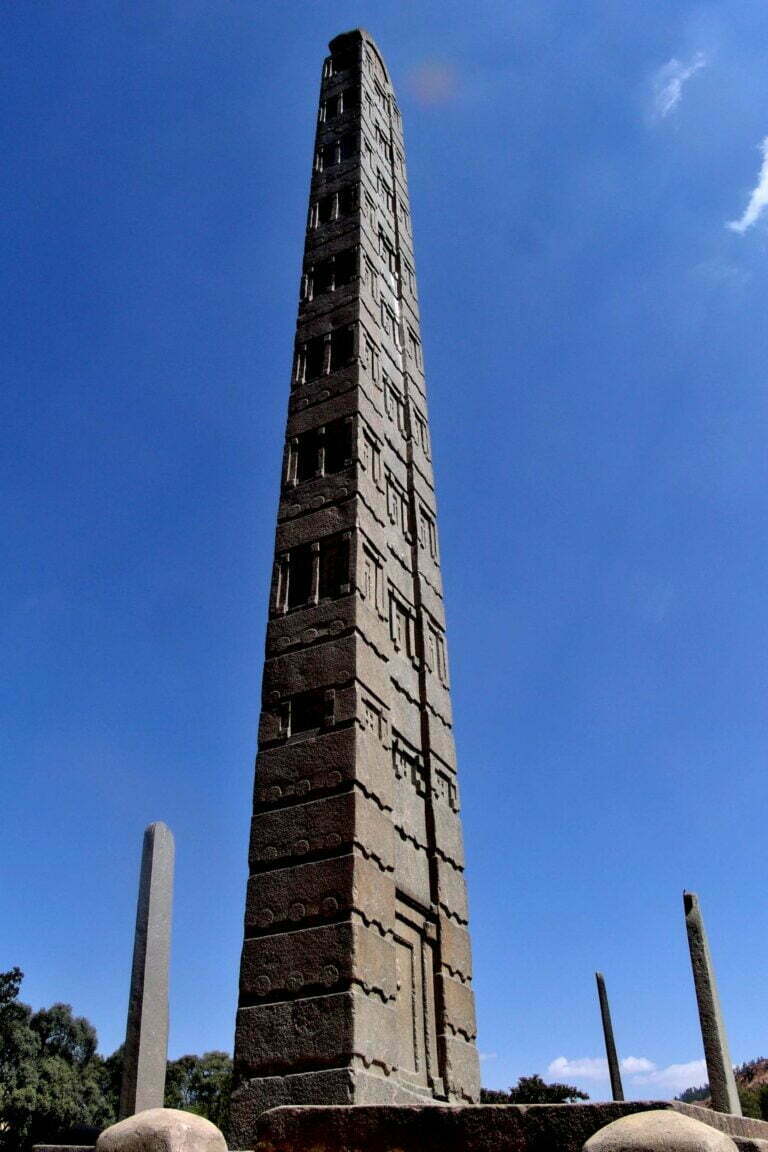
The Aksum Empire, alternatively known as the Kingdom of Aksum or Axum, represents an ancient civilization located in present-day Ethiopia and Eritrea. Situated near Ethiopia’s northern border, the city of Aksum serves as a poignant reminder of ancient Ethiopia’s heart. Flourishing from the 1st to the 13th centuries AD, the Aksum Kingdom held a formidable position between the Eastern Roman Empire and Persia. Archaeological remnants, including colossal obelisks, stelae, royal tombs, and ancient castle ruins, underscore the kingdom’s historical significance. Despite its decline in the 10th century, Aksum retained symbolic importance as the site where rulers were crowned. Presently, governance over the remnants of the Aksumite empire is shared among Ethiopia, Eritrea, Djibouti, Somalia, and Somaliland. Through strategic endeavors such as farming, cattle-raising, and trade route control, Aksum thrived by exchanging gold and ivory for luxury goods, contributing to Ethiopia’s cultural identity. Key features and aspects of the Aksum Empire include:
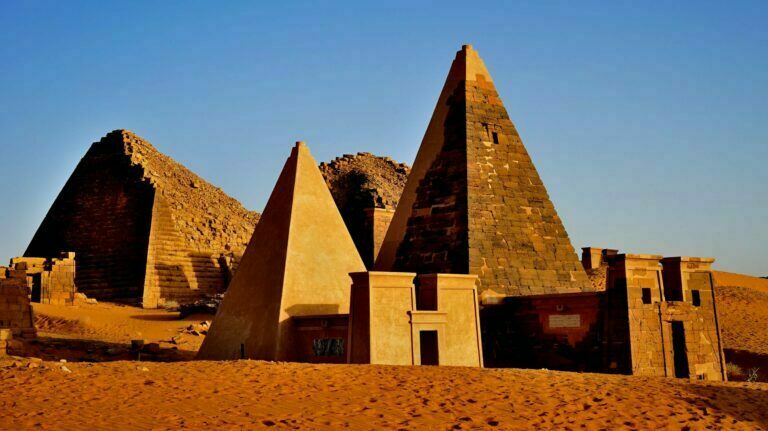
Meroe, also known as Meroe Pyramids or Nubian Pyramids and colloquially as Meroe Sudan, are pyramids in Sudan that were designated as a UNESCO World Heritage Site in 2011
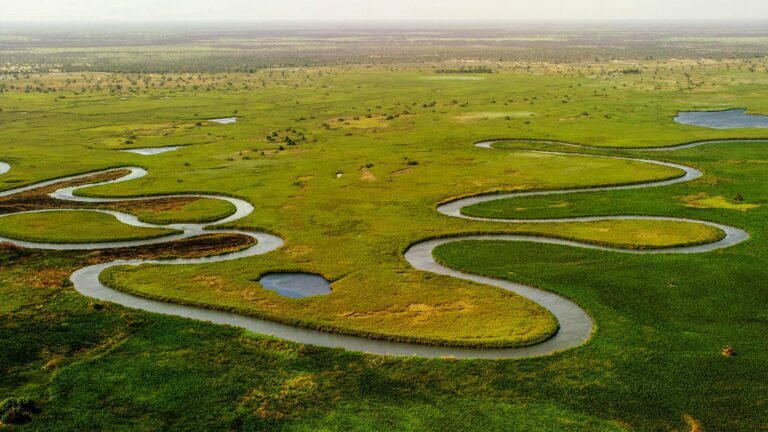
Okavango Delta was added to the UNESCO World Heritage List in 2014. Some facts about the Okavango Delta that will make you want to go there.

Heritage in Africa. UNESCO World Heritage Sites in Africa. Historical Sites in Africa. African Historical Sites. Africa UNESCO Sites. Heritage of Africa.